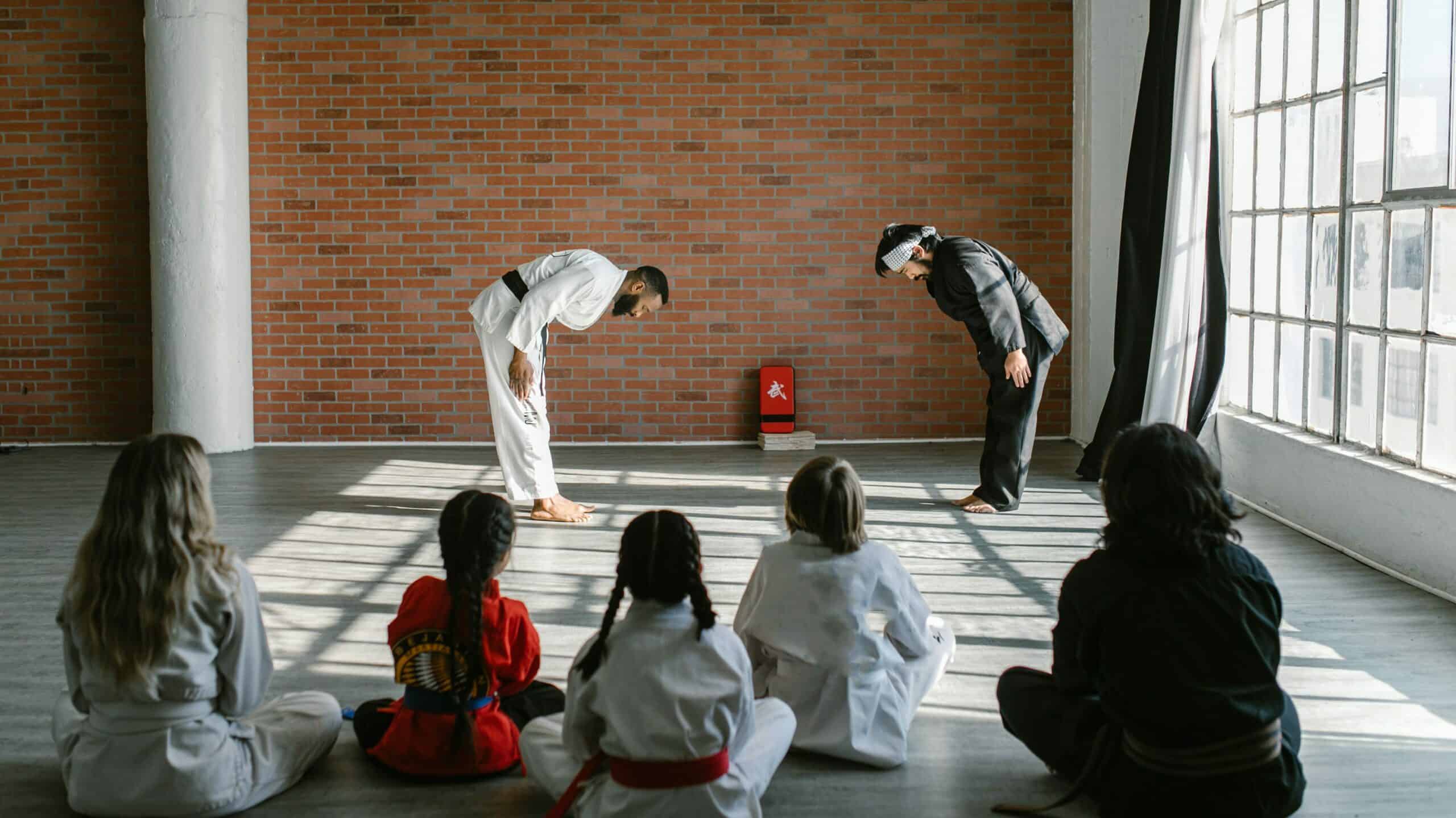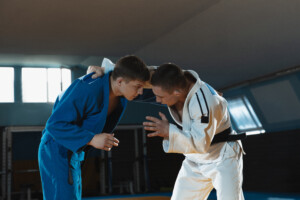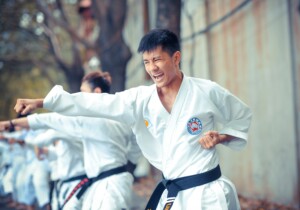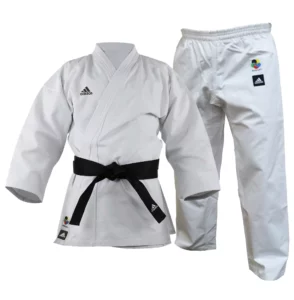Karate is a martial art that has its roots in Japan and has been practiced for centuries. Central to the practice of karate is the role of the sensei, or teacher/instructor, who guides students in their learning and growth.
The sensei is not just a teacher, but also a leader and mentor, who imparts not only physical skills but also important values and life lessons.
In this article, we will explore the meaning of the sensei in karate and the roles and responsibilities that come with this position. We will also delve into the importance of karate etiquette and respect within the dojo, and take a look at some of the popular karate styles that exist today.
By unpacking the concept of the sensei, we hope to gain a deeper understanding of the world of karate and the vital role that the sensei plays in the development of students.
Key Takeaways
- Sensei plays a central role in karate practice as a teacher, leader, and mentor who imparts physical skills, values, and life lessons.
- Becoming a sensei requires time, effort, dedication, excellence in teaching methods, and cultural significance, as well as occupying leadership positions, serving selflessly, and caring about the problems of others.
- Karate training is not only about learning techniques but also about developing good human relations skills, and adhering to dojo etiquette rules can create a harmonious training atmosphere that is conducive to learning and self-improvement.
- A sensei is expected to embody qualities of leadership, selflessness, and compassion, perform better in crucial areas, face challenges with courage, care about the problems of others, and promote peaceful coexistence.
The Meaning of Sensei

The term ‘sensei’ in karate refers to a teacher or instructor, and is a Japanese word meaning ‘born before’, as determined by seniority or rank, and is only usable from the perspective of the students.
Sensei is not just a title, but a symbol of excellence in teaching methods and cultural significance. Becoming a sensei takes time, effort, and dedication. It requires the individual to not only excel in the art of karate but to also embody the qualities of leadership, selflessness, and compassion.
Sensei plays a crucial role in the development of the karate student. They are saddled with several roles aside from teaching, such as occupying leadership positions and serving selflessly. Sensei is expected to perform better in crucial areas and face challenges with courage.
They care about the problems of others, counsel and help students overcome hurdles, and have excellent human relations skills. Furthermore, they are humble, patient, and forgives easily, treating everyone with respect while remaining fair to everyone and promoting peaceful coexistence.
Roles and Responsibilities
One of the important duties of a karate instructor is to occupy leadership positions and serve selflessly, in addition to teaching. A sensei is not just a teacher but a mentor and role model to students. They are expected to be intelligent and contemplate circumstances while being humble, patient, and forgiving easily. Sensei possess excellent human relations skills and treat everyone with respect while being fair to everyone and promoting peaceful coexistence.
Being a sensei comes with a lot of responsibilities and challenges. They have to perform better in crucial areas and face challenges with courage. Sensei cares about the problems of others, counsels, and helps students overcome hurdles. They are saddled with several roles aside from teaching and occupy leadership positions. Sensei also have to be able to balance their roles and responsibilities, while still maintaining their own karate practice and personal life. Below is a table that highlights some of the leadership qualities that a sensei must possess, as well as some of the challenges they may face in their role as a karate instructor.
| Leadership Qualities | Challenges Faced by Sensei | Emotional Response |
|---|---|---|
| Humility | Balancing roles and responsibilities | Respectful |
| Patience | Maintaining personal karate practice | Grateful |
| Forgiveness | Dealing with difficult students | Empathetic |
| Fairness | Keeping up with changing times | Admiration |
Dojo Etiquette and Popular Styles

Dojo etiquette is an important aspect of karate training, with karatekas expected to behave in certain manners when inside the dojo.
To begin with, the dojo is regarded as a sacred place, and as such, karate students are expected to behave in a respectful manner. They are not allowed to wear shoes inside the dojo and must ensure that the dojo is cleaned after every training session.
Punctuality is also highly valued, and students are expected to arrive on time for their lessons. This helps to create a conducive training atmosphere that is essential for the development of karate skills.
Moreover, karatekas are expected to treat everyone with respect, regardless of rank or seniority. They must maintain a humble attitude and be patient with their fellow students.
Karate training is not only about learning techniques but also about developing good human relations skills. A dojo is a place where people from different backgrounds come together to learn and grow, and as such, it is important to promote peaceful coexistence.
By adhering to these etiquette rules, karatekas can create a harmonious training atmosphere that is conducive to learning and self-improvement.
Frequently Asked Questions
What is the history of karate and how did it evolve into what it is today?
Karate’s origins can be traced back to ancient China, where it evolved from various martial arts systems. It was then introduced to Okinawa, Japan, where it was influenced by Japanese martial arts. Today, karate is a popular martial art practiced worldwide.
How do karate students advance in rank and what is the significance of each belt color?
Advancement in rank in karate is determined by the karate belt system, which is based on testing requirements. Each belt color signifies a level of mastery, discipline, and dedication to the art. The process requires commitment, perseverance, and humility.
What are the physical and mental benefits of practicing karate?
The practice of karate offers improvement benefits for both the mind and body. It enhances physical fitness, flexibility, strength, and coordination. The mind-body connection improves focus, discipline, confidence, and self-awareness, leading to overall well-being.
How does karate compare and contrast with other martial arts like taekwondo or judo?
When comparing karate with other martial arts like taekwondo or judo, differences in techniques and strategies become apparent. Each style emphasizes different aspects of combat, making it important for practitioners to choose a style that aligns with their goals and preferences.
What is the process for becoming a certified karate instructor and what qualifications are necessary?
Becoming a certified karate instructor involves obtaining a black belt, undergoing training, and passing an exam. The required qualifications include a strong understanding of karate techniques, teaching skills, and the ability to lead and inspire students.







